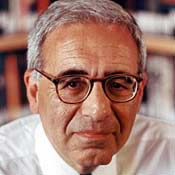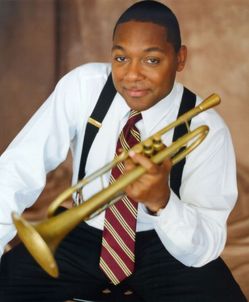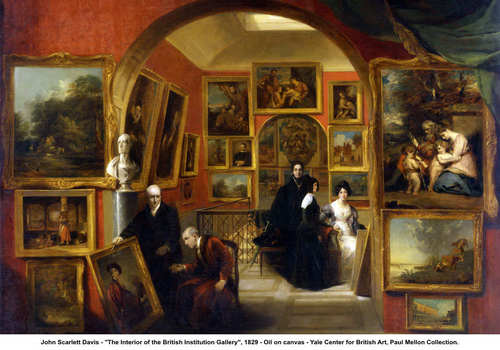I’ve covered some pretty amusing political stances in my life — I did work as a reporter in Washington many years ago and later supervised political coverage at Business Week — but as anyone in New York knows, it’s Albany that looks like a joke nowadays.
 New evidence for that comes in an article in today’s Wall Street Journal. It says that a bill is likely to be passed this week that will allow non-profits to tap their endowments without obtaining approval from the NY Attorney General’s office or the courts. Under current law, non-profits, like museums, operas, and theater companies, may not draw from the principal of their endowment funds when it falls below its original value, aka as being “underwater.” Many endowments, suffering from investment losses since 2008, are underwater.
New evidence for that comes in an article in today’s Wall Street Journal. It says that a bill is likely to be passed this week that will allow non-profits to tap their endowments without obtaining approval from the NY Attorney General’s office or the courts. Under current law, non-profits, like museums, operas, and theater companies, may not draw from the principal of their endowment funds when it falls below its original value, aka as being “underwater.” Many endowments, suffering from investment losses since 2008, are underwater.
This permissive stance is crazy enough on its face value — talk about allowing the easy way out of difficult situations and stealing from the future. And the draw-downs would essentially be done in secrecy, since non-profits take such a long time to file their annual reports and tax statements. We would not know, for example, that a struggling group was down to its last pennies until 18 months or so after-the-fact. Now, we the public may not know, but the AG’s office or the courts know — and whiffs of that usually get out, one way or another.
But it gets worse: a big proponent of the bill is Assemblyman Richard Brodsky, the very same Democrat from Westchester County who has been trying to prohibit any deaccessioning of any items in a collection for any other purpose than buying more items (not just works of art — the Brodsky bill would apply to libraries, historical societies, historic houses, and zoos) for the collection. No matter how dire the situation. Close the museum, the library, but don’t sell anything. According to the WSJ:
“The heart of the back-and-forth is long-term financial stability, versus getting yourself out of this catastrophic meltdown,” said Assemblyman Richard Brodsky, a Westchester Democrat who is a co-sponsor of the Assembly’s bill. “What you’re really doing here is essentially dipping into capital for a whole host of reasons that can be justified, especially when we’re in extraordinarily difficult times.”
So Brodsky thinks that raiding endowments without supervision is ok, but deaccessioning even with supervision is never ok.
I’m on the opposite side: Raiding endowments may be necessary but never without supervision. And, as I have written, in an op-ed for The New York Times, arguing for an orderly process that allows consideration of deaccessioning, “de-accessioning shouldn’t be impossible — just nearly so.”
I believe that museums in danger of closing should submit their proposals to sell art from their storerooms for purposes other than buying art to an independent arbitrator. If they make a convincing case, judged by the arbitrator, they must first give other public collections two chances to buy the art — once, in a right of first refusal; a second time, after a public auction, when they all have an opportunity to match the winning public bid. This process would discourage deaccessioning, allowing it only as a true last resort.
I could attempt to analyze motivation here, but I won’t given in to the temptation.
My previous posts on this subject are here, here, here and especially here, where I answer arguments.

 That’s what he told Crain’s New York Business, anyway, which just published an article saying that arts philanthropy in the Big Apple is doing just fine, thank you, because it gets better press coverage than giving to social causes.
That’s what he told Crain’s New York Business, anyway, which just published an article saying that arts philanthropy in the Big Apple is doing just fine, thank you, because it gets better press coverage than giving to social causes. You never know what you’re going to find when you set off to interview someone, especially someone of achievement who has a public persona.
You never know what you’re going to find when you set off to interview someone, especially someone of achievement who has a public persona. 
